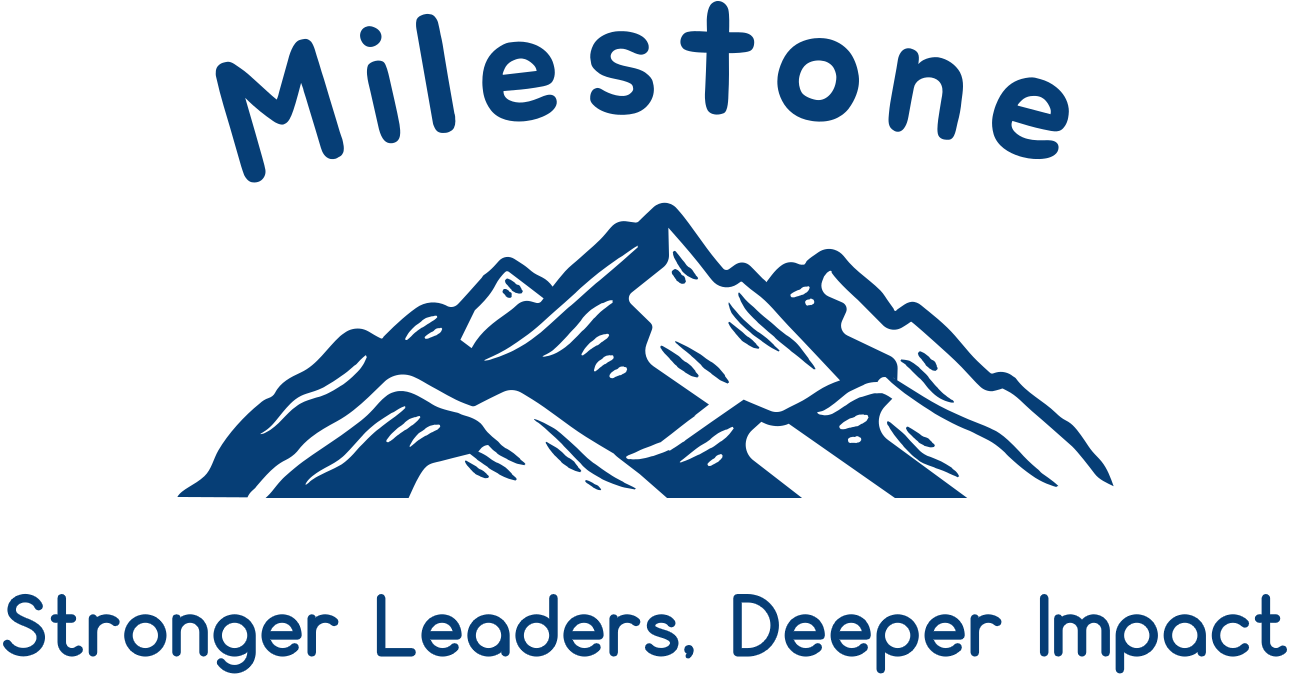Leadership Lessons from 29029 Stratton: Grit
Every 29029 event reaches a point when it stops feeling like an event and starts feeling like a slog. At Stratton, that moment came early for Jake. He wasn’t feeling great and that’s the kind of thing that turns every climb into a grind.
He’d been there before. At Snowbasin a couple of years earlier, he’d also hit a wall that took him out of the climb for nearly ten hours. He couldn’t keep food or water down and had to sit out until his body recovered. When he finally came back, he finished with 20 minutes to spare, long after I’d crossed the line.
That’s what grit looks like. It’s not about speed, or perfection, or the predictable version of success we tend to celebrate. It’s about continuing forward after you’ve fallen behind, when no one’s watching, when everyone would understand why you had to stop.
When the Goal Feels Far Away
The first few ascents of 29029 are full of energy. You’ve trained, you’re fresh, you’re excited and the mountain still feels manageable. But somewhere around the midpoint, you start to get tired, and you start to do math. You realize how much mountain and how little time you have left. That’s when grit begins.
Grit helps us bridge the gap between the perfect plan and actual reality. Grit shows up as your decision to keep moving when progress seems harder than it should.
Leaders often hit that same wall, when results lag behind effort, when change is slower than expected, when an unexpected challenge results in a setback. That’s where your leadership grit is developed.
Endurance Over Intensity
Most meaningful things, climbing, leading, building, aren’t defined by bursts of intensity. They’re defined by endurance, the slow and steady progress, coupled with grit that moves you closer to your goal a little bit at a time.
At Stratton, that meant pacing ourselves, managing energy, slowing a bit when we needed to and trusting in our endurance. In leadership, it means communicating clearly even when it feels repetitive, reinforcing priorities when people are distracted, and staying grounded when momentum seems slow.
The Role of Support
When Jake’s energy dipped, Jake’s brother, Mack and I shifted our roles a bit. We focused on encouragement, walking beside him, sharing snacks, and keeping conversation light. You can’t complete someone else’s climb, but you can help them keep climbing.
Leaders can do the same. Grit isn’t just an individual trait; it’s something we can share. When one person’s tired, another’s support can help them find their footing again.
Finishing Strong
By the end, Jake found his rhythm again. He finished tired but strong and proud.
That’s the essence of grit: continuing forward when you could stop, finishing because you committed, not because it was easy.
Leadership asks for that same steady strength, the endurance to keep going even when its not comfortable and grit is all that’s left.
